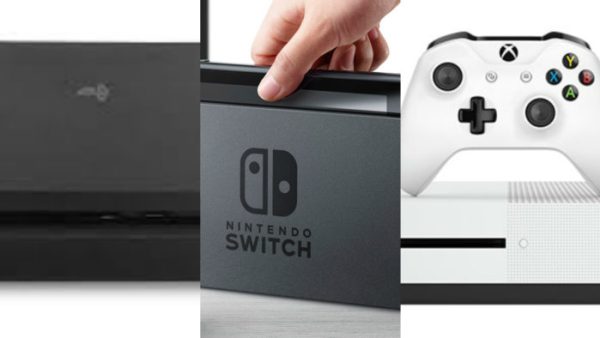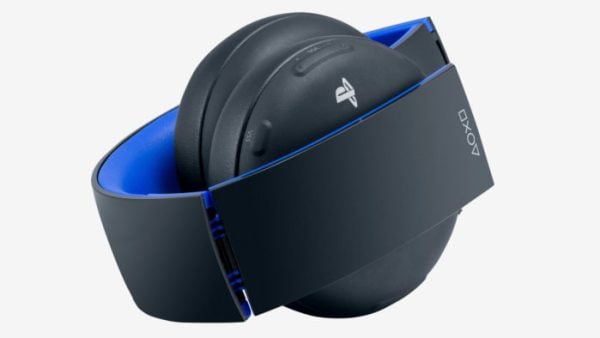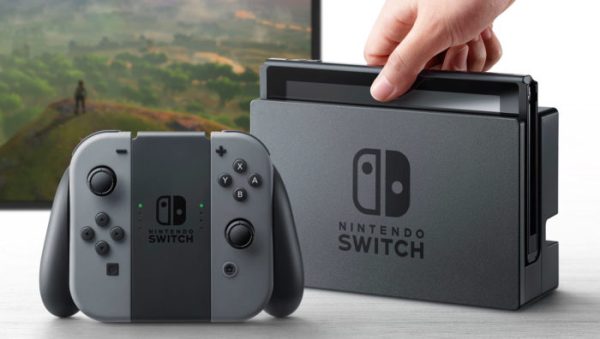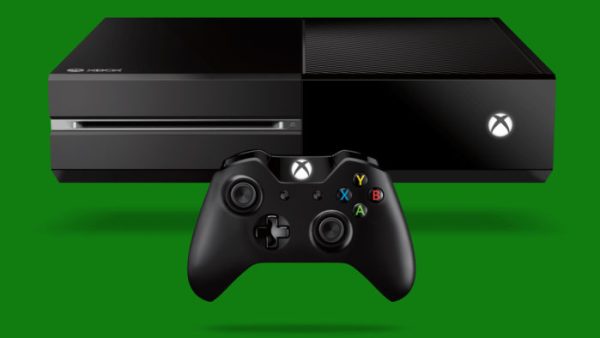The Console War
The console war is an odd thing. If you ask most, this battle of hardware became really serious during the SNES and SEGA Genesis days as both 16-bit consoles pushed to be the best at what they do, even mocking one another in advertisements (“Genesis does what Nintendon’t“). Yet, it doesn’t actually really exist if you ask those in charge of each respective platform, but the gaming community loves to debate about who’s “winning” and what moves can be made by the others. It’s all in good fun usually, but it does seem to have influence over the gaming landscape as each company vies to make their hardware the one you want.
This has changed the way that competition works between the companies. Now, more than ever, Nintendo, Sony, and Microsoft are working to make their respective consoles as unique as possible to give prospective players a reason to consider joining their family. The time when PS4 and Xbox were just separated by a few exclusives are fading, and with digital media becoming a bigger deal each and every year, they’re both approaching technology in a different way.
With that being said, we’re going to take a look at each platform, and how they’re pushing to control their own part of gaming to offer something unique that compliments, rather than simply eliminates the competition. In their own ways, they’re working to end the console war, and it’s an interesting endeavor to witness.
Sony and the PS4
We’re going to kick things off with Sony’s PS4, mainly because they seem to be the one company that isn’t doing much differently in the grand scheme of things. Of all the members of the big three this generation, the PS4 has achieved massive success mainly thanks to the games it’s been bringing to the table. This has some fans split over the device, as it’s as strictly a home console as you can get. Don’t get us wrong, it’s a multimedia system too, with all of the streaming apps and media playing capabilities (as longs as it’s not Ultra HD Blu-ray). However, it has focused mostly on titles and partnerships with developers, instead of just increasing the features the hardware can offer. This doesn’t mean that the company hasn’t been adding features at all, only that games have been the primary focus of keeping the momentum rolling.
This has been good for Sony and its work towards killing forced comparisons to other devices and the console war in general. With the shifts in technology, the console space is becoming blurred, as some devices are melding more with PCs and Nintendo’s own is focusing on the hybrid handheld space. There needs to be at least one that keeps it relatively simple and right now that’s the PS4. Even with the new devices that have been introduced in the PlayStation family such as the PSVR headset or the PS4 Pro, the focus has still been on home, console gaming. Sony’s other endeavors haven’t steered the platform away from that, and this drive has helped maintain the hardware’s momentum, keeping it on pace to surpass a couple of its predecessors.
Nintendo and the Switch
Nintendo has always been one of the more innovative companies in the industry for better or for worse. The gaming giant has always marched to the beat of its own drum, and that has kept Nintendo consoles in their own space for as long as I can remember. Whether it’s a cubed console with a handle so you can carry it to your friends house, a controller with an analog stick in the dead center, a console that’s controlled with a tablet, or hardware that goes from being part of your home entertainment center to a handheld you can take on the plane, Nintendo is always doing something different on the hardware front. The company has also broken itself away from the console life-cycle, often releasing its next generation well before the other members of the big three, removing itself from most conversations of the “console wars.”
2017 may mark the biggest departure from the norm, as the Switch is poised to be the most unique console on the market for the foreseeable future. The Wii U was different from the PS4 and Xbox One, yes, but it was still basically a home console. The only big difference was that its second-screen experience was built-in, rather than requiring a mobile device (which was the case with the PS4 and Xbox One). The Switch changes things up by being a console/handheld hybrid, one that instantly makes the transition from your television to your plane ride. There’s really nothing that can compete with this specific technology in the console space, and it may very well allow Nintendo to carve out a nice little niche for itself away from the console war and other arguments revolving around gaming.
Another aspect that keeps Nintendo very much its own thing is its celebrated library. Granted, when talking about major third-party support the company is often looked down on, but switch over to first-party franchises and you can’t find a stronger vault. Nintendo’s hardware has always been able to survive purely off of exclusives, and that’s no small feat.
Microsoft and the Xbox One
Microsoft has been undergoing a huge transition over the past few years. After a less than stellar start with the launch of the Xbox One back in 2013, Phil Spencer took the reins of the division and the platform has been steadily building momentum. Games have been rolling out, albeit slowly, and we’ve even received new hardware in the form of the Xbox One S and the Xbox Elite Controller (arguably the best gamepad on consoles right now). But the change has been about much more than simply regaining the momentum that was lost with the introduction of the latest generation. While Sony is focusing heavily on the console space and Nintendo is working to redefine home hardware, Microsoft is growing into more of a service that is all about player options.
2016 introduced the Play Anywhere initiative which brings Xbox exclusives to PC. The focus is no longer about just getting fans to purchase a specific box, but rather to pull them into an ecosystem that offers a universal experience to players on a multitude of devices. In many ways, the Xbox brand is transcending the console space, moving further into an area that just allows fans to have the Xbox experience no matter where they are. It’s an interesting change of pace, one that has some looking at the word “exclusive” differently, as the Xbox One technically only has “console exclusives” at this point. It’s a risky move, but it’s allowing Microsoft to be the first to step into a new space that fully embraces the digital world.
It will be quite interesting to see how Project Scorpio, the upcoming, upgraded Xbox One, helps further move Microsoft into its very own console space, further sealing the console war and just putting the focus back on what matters – varied experiences that give consumers all types of unique options, so everyone can find what fits them best.
***
As time goes on, each of the major platforms will only grow more unique. Sure, there will be points where they all see eye to eye, that’s the nature of technology. At some point, everyone will have to adopt the same thing in some sense, but the way Nintendo, Microsoft, and Sony have managed to take the same market and make it their very own is something we can expect to see going forward. The console war will soon be a distant memory if things continue as they are.




